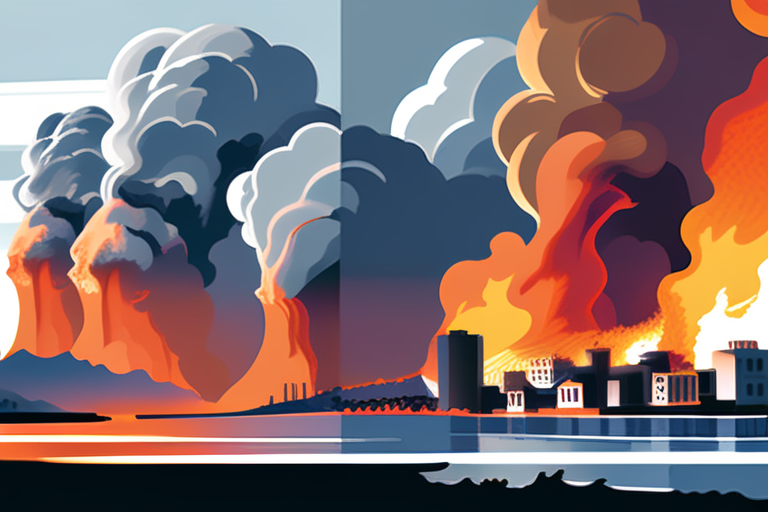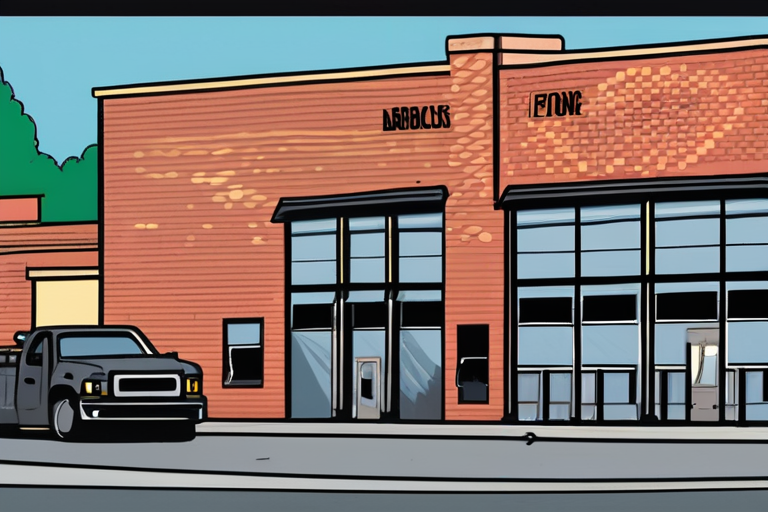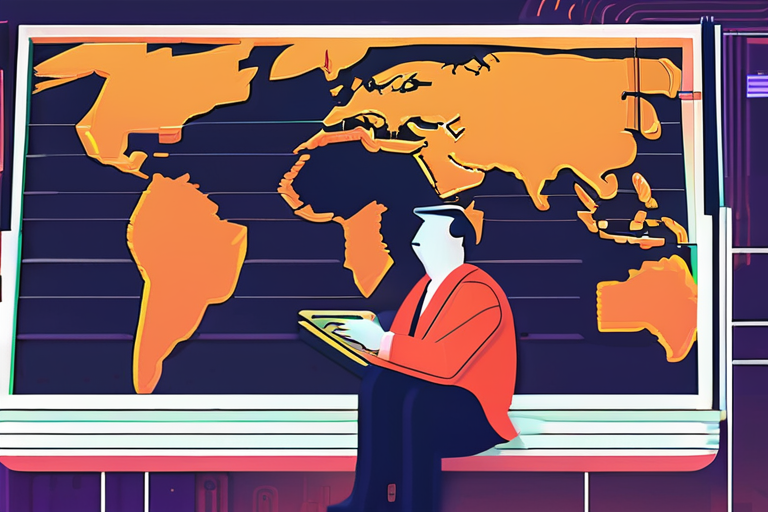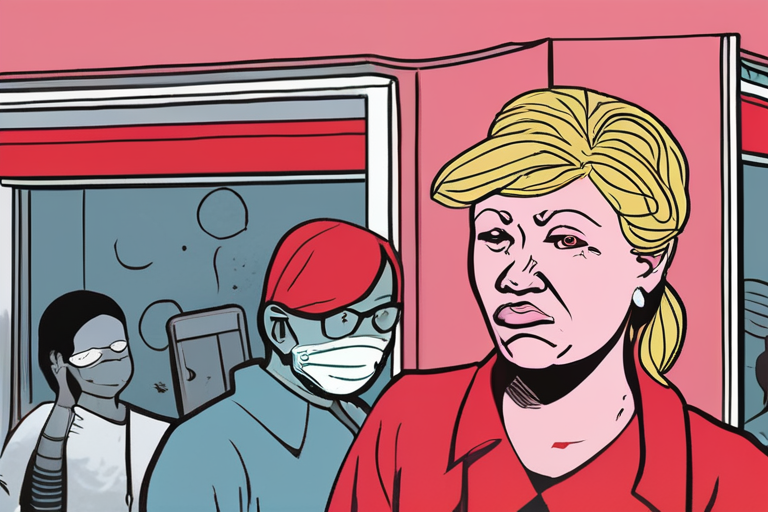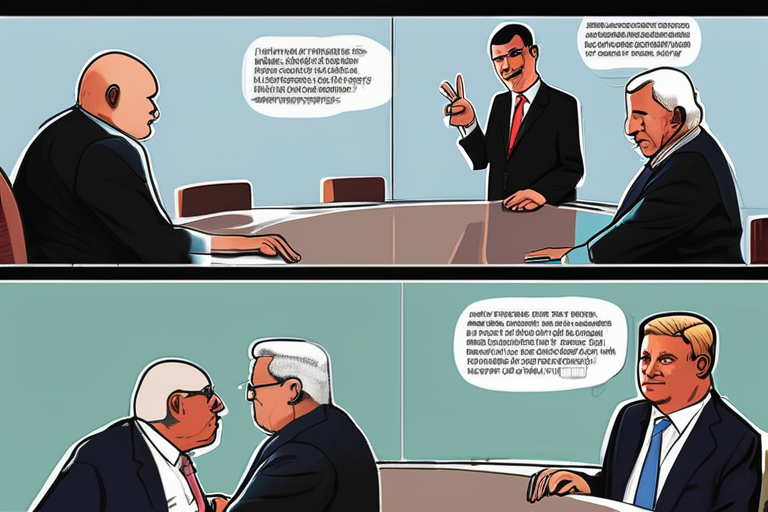American businesses are eagerly awaiting a potential windfall of $1 trillion in tariff refunds, a development that could significantly impact the global trade landscape. However, experts warn that the outcome is far from certain, with the Supreme Court set to play a crucial role in determining the fate of these refunds.
According to estimates, the U.S. government has collected over $140 billion in tariffs since 2018, primarily from imports of Chinese goods. If the Supreme Court rules in favor of businesses, these tariffs could be deemed unconstitutional, paving the way for refunds. This would not only benefit individual companies but also have a profound impact on the broader economy.
The potential refunds would be substantial, with estimates suggesting that companies could receive up to 90% of the tariffs paid. For instance, if a company paid $10 million in tariffs, it could receive a refund of $9 million. This could have a significant impact on cash flow and profitability, particularly for companies that have been struggling to adapt to the changing trade environment.
The market impact of these refunds would be significant, with the potential to boost economic growth and create jobs. A study by the Tax Foundation estimates that a 10% reduction in tariffs could lead to a 0.5% increase in GDP growth. Additionally, the refunds could also lead to a decrease in prices for consumers, as companies pass on the savings to customers.
Companies like Lovesac, a Stamford, Connecticut-based furniture manufacturer, have already begun to adapt to the changing trade landscape. CEO Shawn Nelson made the decision to move some of its manufacturing from the mainland to Vietnam, Indonesia, and Malaysia following the introduction of tariffs during President Donald Trump's first administration. After a raft of tariffs to begin Trump's second term, Nelson doubled down on the idea, moving more production to the U.S. The company now plans to manufacture its core products in America by mid-next year, with the bulk of its production happening in the country by 2025.
The Supreme Court's decision will have far-reaching implications for businesses, particularly those in the manufacturing and import sectors. If the court rules in favor of businesses, it could lead to a significant shift in the global trade landscape, with companies reassessing their supply chains and production strategies. However, if the court upholds the tariffs, businesses will be forced to continue adapting to the changing trade environment, potentially leading to increased costs and decreased profitability.
In conclusion, the potential $1 trillion in tariff refunds is a significant development that could have far-reaching implications for businesses and the broader economy. While the outcome is uncertain, one thing is clear: the Supreme Court's decision will play a crucial role in determining the fate of these refunds and the future of global trade.










